
Malaysia is a land of amalgamated culture, tradition, and flavors. Its vibrant gastronomic scene reflects the rich heritage, merging Malay, Chinese, Indian, and indigenous influences into an unforgettable gastronomic experience. Food lovers will love Malaysia, not only because they get to taste all sorts of dishes, but also because they will have the chance to learn how to cook like locals.
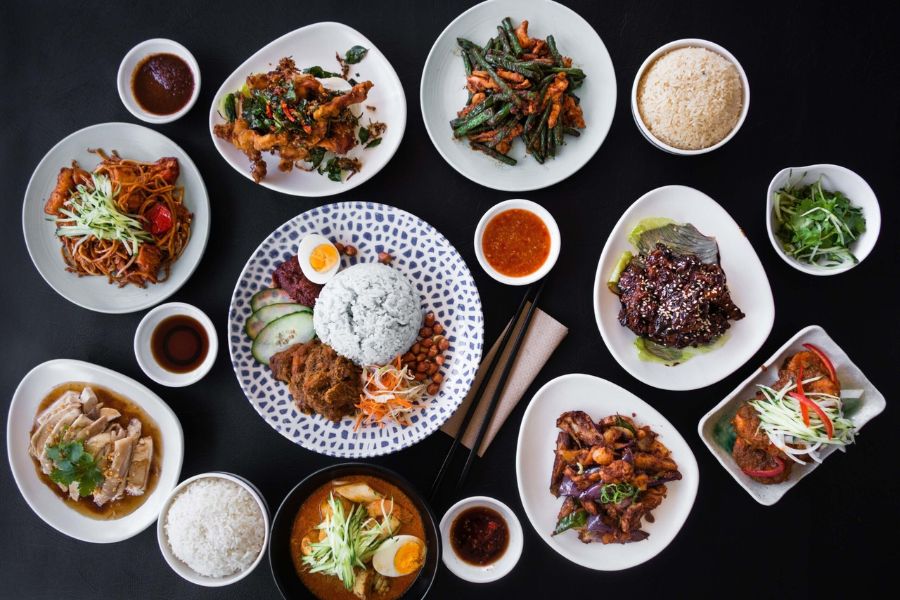
A basic Malaysian meal (Source: SmartCooking)
Malaysian cuisine is a delicious amalgamation of spices, sweetness, and everything else. The delicacies in the country are also very different and influenced by its region, history, and geography. From Penang's dynamic streets to the rainforest of Borneo, food can be life itself. Food is life in Malaysia, and hawkers are lining up on the streets, selling dishes such as char kway teow, nasi lemak, and roti canai. Busy markets are likewise abounding with fresh fruits, vegetables, spices, and herbs.
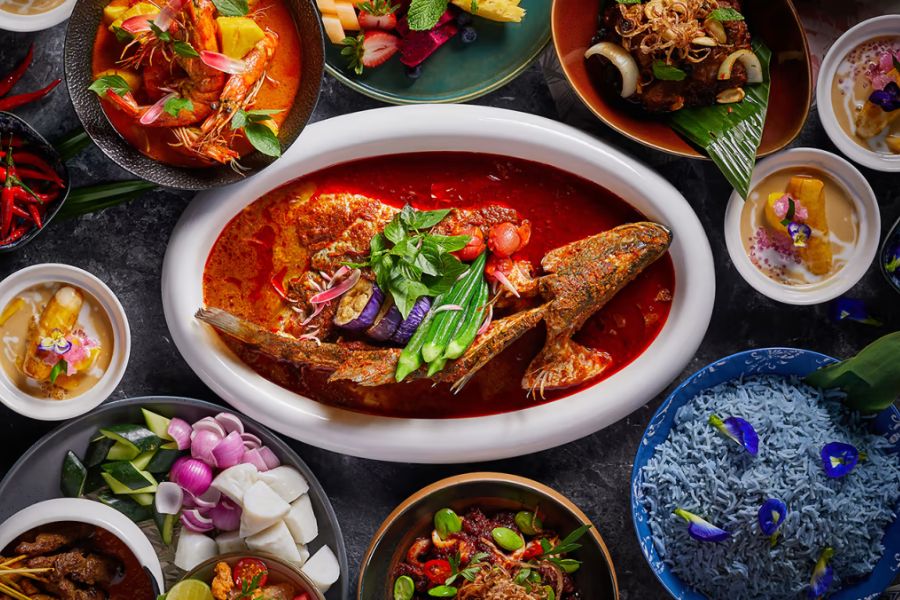
Diversity in Malaysian food (Source: CNALuxury)
Undoubtedly, nasi lemak is the soul of Malaysian cuisine. At times, the country's national dish, it is more than just a meat, it is a culture icon. A simple dish made from coconut milk cooked rice, pandan leaves, which gives the dish its creamy texture and appetizing smell, forms a staple meal that is consumed widely throughout Malaysia.
No plate of nasi lemak is complete without its complementary quintet of sambal or spicy chili paste, crispy fried anchovies, boiled eggs, roasted peanuts, and cucumber slices. Other variations are fried chicken, rendang, or sambal squid for added flavor.
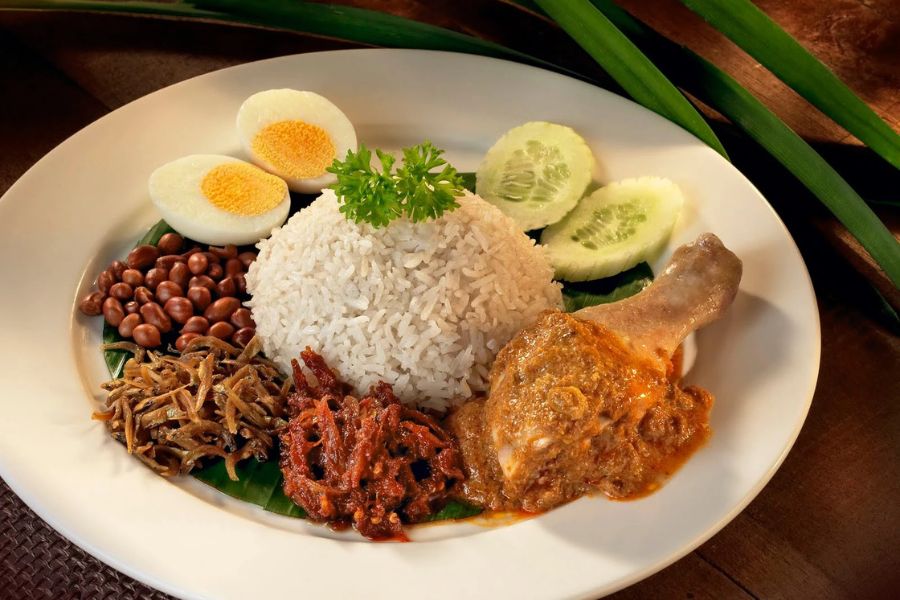
A traditional breakfast (Source: creatorandcurator)
Perfect nasi lemak is all about its sambal. This forms the soul of the dish, which is made of a mixture of dried chilies, shallots, garlic, tamarind, and at times shrimp paste, all sautéed together. Balancing the spiciness of the sambal with a tint of sweetness is an art that shows the cook's expertise.
Traditionally served wrapped in banana leaves, nasi lemak is a breakfast favorite but enjoyed at any time of day. Cooking this dish is one way to understand with glee the interplay of flavors that define Malaysian cuisine, and mastering it enables you to have a piece of Malaysia wherever you are.
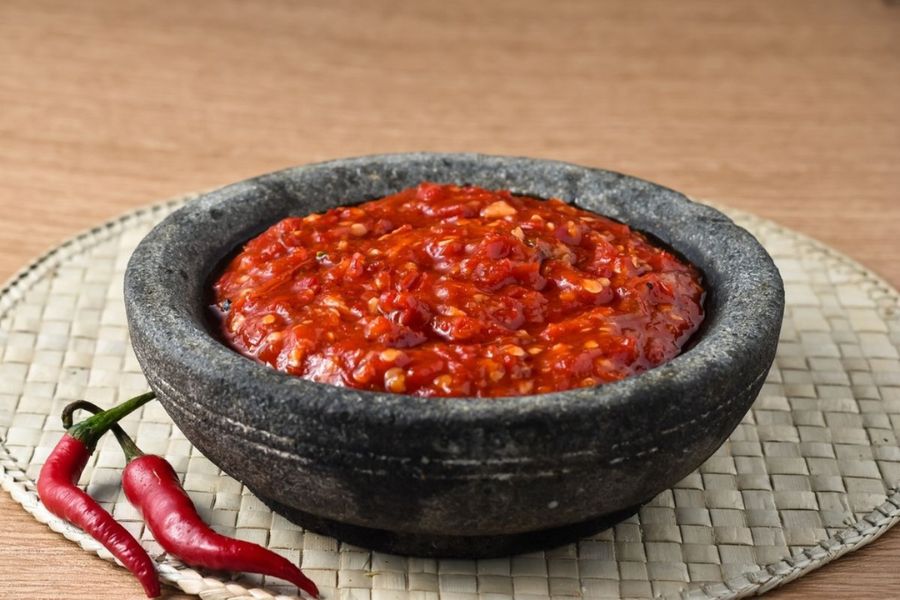
Sambal sauce (Source: Kompas)
The loved Malaysian noodle soup Laksa actually depicts the variation found in its Malay and Malaysian culture. This one is served with two basic kinds of laksa, that's Penang Assam Laksa and Curry Laksa. Its Assam Laksa Penang features sour and spicy, fish based broth from tamarind, galangal, and herbs, with its savory and unique tanginess.
The other variant is curry Laksa, creamy and containing coconut milk base that has flavors of curry. The two varieties are served together with rice noodles garnished with such ingredients as shrimp, tofu puffs, and fresh herbs.
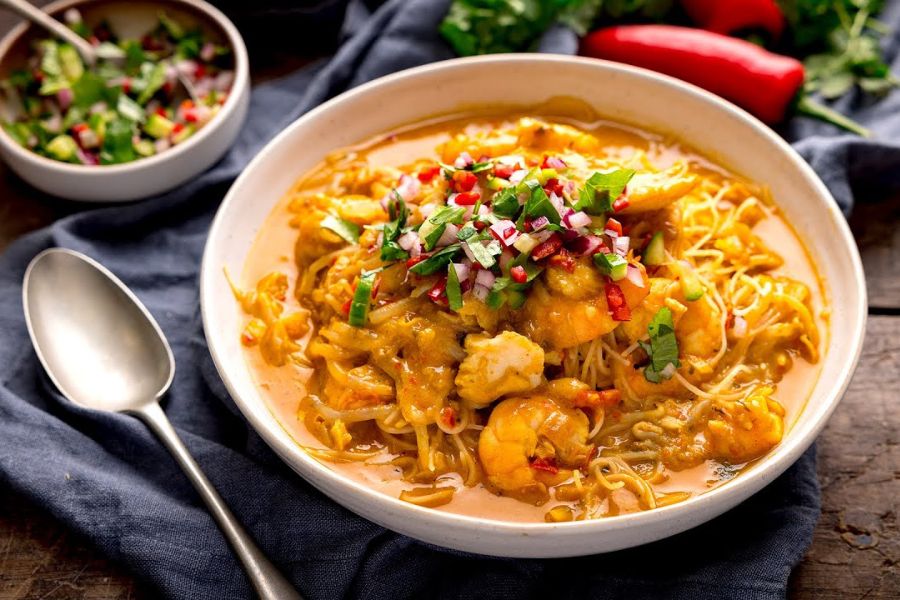
Famous Laska dish (Source: KitchenSanctuary)
The art of preparing laksa is a fine balancing act. Assam Laksa calls for the subtle balancing of tamarind's tartness with the umami of mackerel, whereas Curry Laksa needs a pungent curry paste and the right amount of coconut milk to attain the creamy texture.
Freshness and texture will come to the dish with shredded cucumber, pineapple, or boiled eggs. This is because, in Malaysia, every region carries a different type of laksa according to the influence making the country's food culture so diverse. Mastering how to prepare this dish is not just filling your cookbook with new recipes but also learning about the history of culinary in Malaysia.
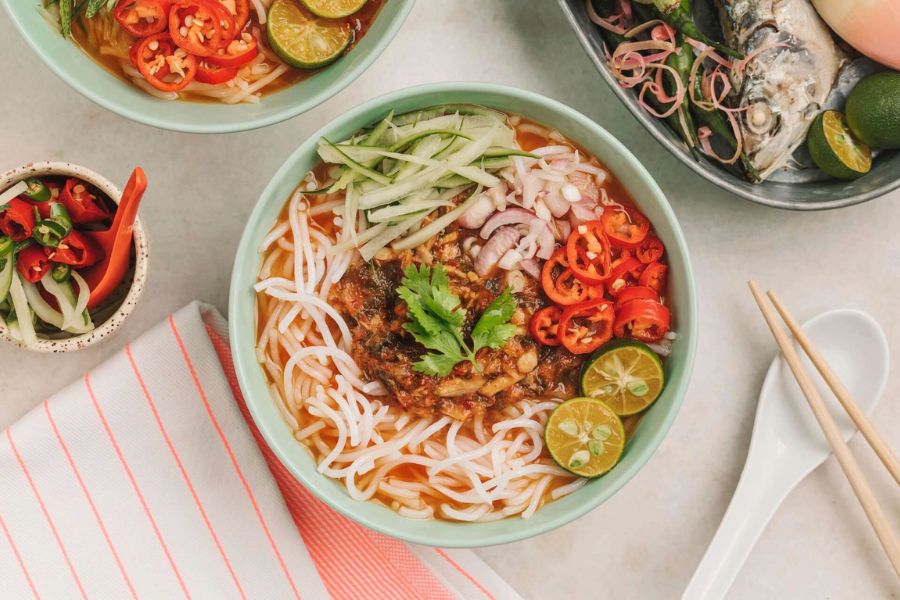
Assam Laksa (Source: Kyluc)
Roti canai is Malaysia's quintessential flatbread, coming from Indian roots it has expanded in popularity all over Malaysia. This versatile food is prepared as a breakfast or lunch dish and can be eaten as dinner with the accompaniments of dhal (lentil curry), chicken curry, or even sugar for a hint of sweetness. This bread is all about texture from the crunch on the outside, where layers are flaking off like the doughnut outside, to its soft, chewy inside.
The art of roti canai is in the dough preparation and the flipping technique. Dough is made from flour, ghee, water, and salt. It is kneaded and rested before it is stretched and flipped into paper thin sheets.
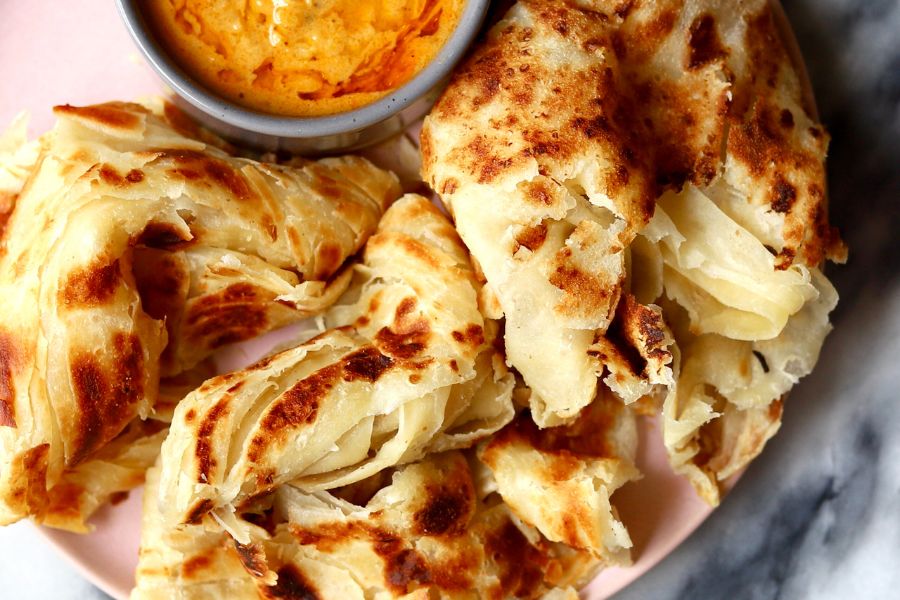
Crunchy Roti Canai (Source: Travelandmunchies)
These sheets are then folded into layers and fried until golden brown on a hot griddle. Watching an experienced cook flip and stretch the dough is a mesmerizing sight and a testament to the skill required to perfect this dish.
You will learn about making roti canai accompanied by curries in a Malaysian cooking class, but the accompanying curries made this buttery bread come alive with these spicy, delicious dips. Roti canai forms one of these much loved staples and makes for an essential lesson in your study of Malaysian cookery.
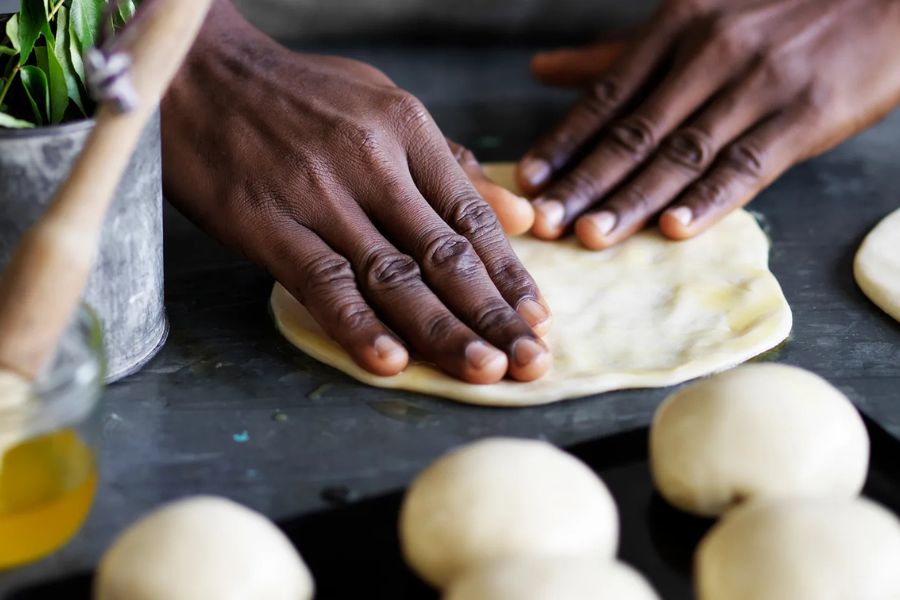
Making Roti Canai Crust (Source: womensweeklyfood)
A good Rendang is not just a dish, it is a celebration of Malaysian traditions and can be served during festivals. The curry comes from long processes, and therefore, people believe that it symbolizes love or toil through effort.
While beef is the most common protein used, chicken, lamb, or even jackfruit can be used for a vegetarian version. The slow cooking process really makes a rendang perfect to soak in all the rich flavors that the sauce has to offer.
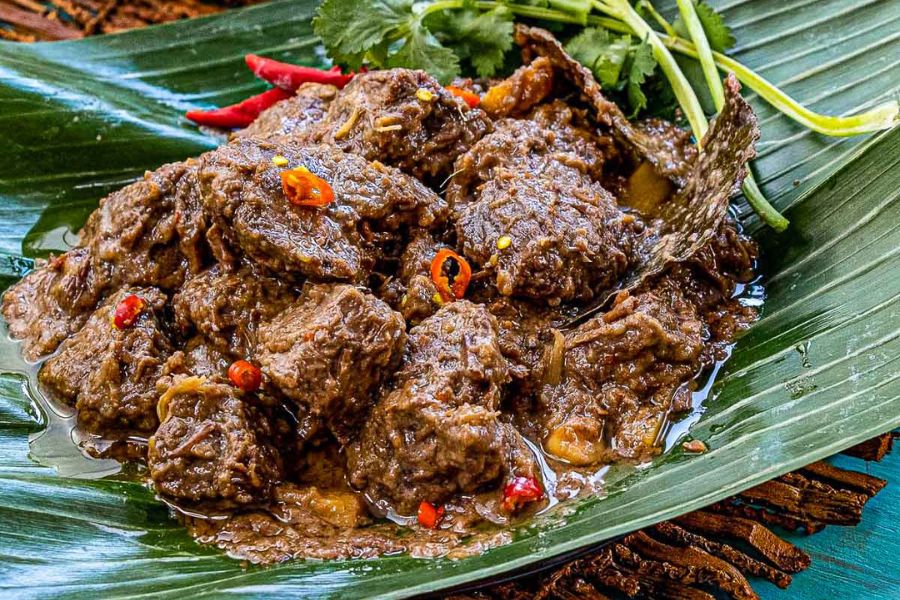
A food that represent love (Source: ManilaSpoon)
The base of this rendang recipe is a mixture of coconut milk, lemongrass, galangal, turmeric leaves, and a few aromatic spices: cinnamon, star anise, and cloves among others. When all of these are cooked together with the meat, the meat becomes tender, but the liquid goes down, leaving the chunks coated in thick caramel paste. In reality, this is a dish of intensified flavors, deep sweetness, pungency from spiciness, and that savory umami flavor.
Learning to cook rendang involves teaching patience, which is absolutely needed in doing a dish by attending to what little details are required from cooking. After every bite from rendang, one can taste his trip to Malaysia because it forms a part of their culinary tradition.
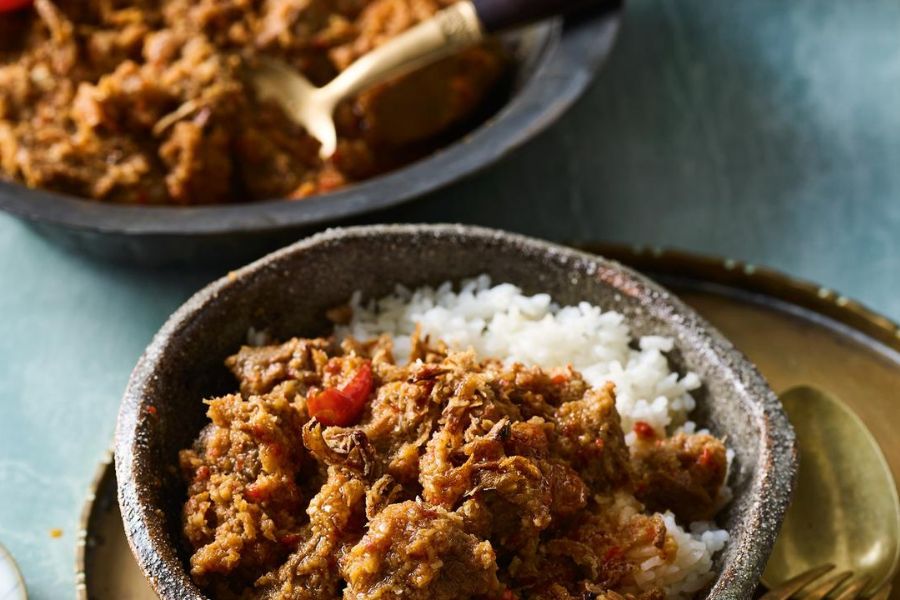
Beef Rendang (Source: TheAustralian)
Char kway teow is the very epitome of Malaysian street food: smoked aroma salivated at by strong flavors. It is a stir fry noodle dish consisting of flat rice noodles, prawns, Chinese sausage, bean sprouts, eggs, and soy sauce. At very high heat with a wok, it gives a smoky charred flavor to the dish something called wok hei or "breath of the wok.".
This is a technique in mastering char kway teow: it all boils down to fast, pinpoint movements in which one tries to stir fry ingredients well with high heat. The soy sauce blend often brings in the dark soy sauce for coloring and oyster sauce for depth and umami savouriness, tying everything together. Optional ingredients like cockles or crispy pork lard enhance the dish and make it extremely indulgent.
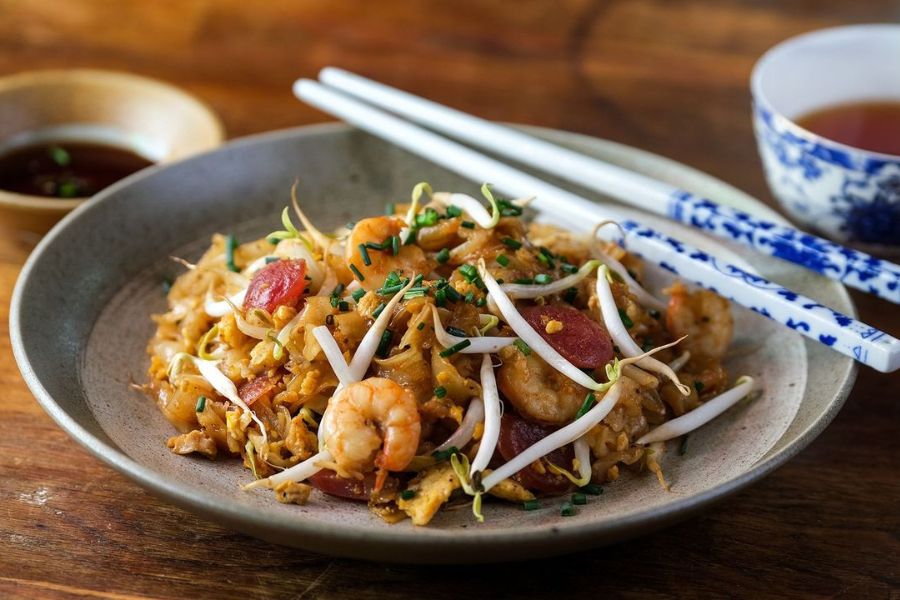
A basic dish of Char Kway Teow (Source: BBC)
Char kway teow is one of the dishes epitomizing Malaysian hawker culture: quick, savory, and full of character. The skill to prepare char kway teow teaches the basics of stir frying and mastering the art of balancing flavors within a simple but satisfying meal. It's that kind of dish that brings a slice of lively spirit from the street food scene in Malaysia right onto your table.
Cooking like a local in Malaysia is more than following recipes. It’s about understanding the ingredients, techniques, and traditions behind each dish. Market tours often accompany cooking classes, offering a sensory overload of sights, smells, and tastes. You’ll learn how to pick the freshest produce and discover local spices like turmeric, pandan, and belacan (fermented shrimp paste).
Many cooking schools are located in scenic spots, such as traditional kampong (village) settings or tropical gardens, providing an immersive experience. Beyond the food, you’ll hear stories of how recipes are passed down through generations, adding a personal touch to your culinary journey.
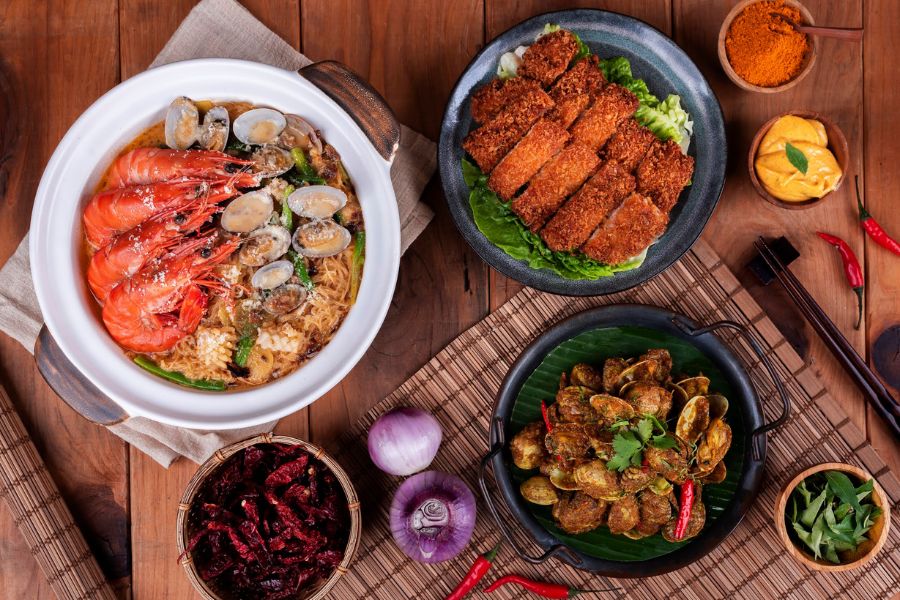
Other traditional and diverse dishes in Malaysia (Source: nickblitzz)
Malaysia is food heaven, and learning to cook its iconic dishes can be an enriching way of experiencing its culture. So the next time one travels to Malaysia with Asia King Travel, it should not just be about eating like a local but also cooking like one. Relish the flavors, techniques, and stories behind these treasured dishes and return with so much more than recipes, but lifelong memories of a gastronomical adventure.
Read more: All about Malaysia culinary journey - A Food Lover’s guide